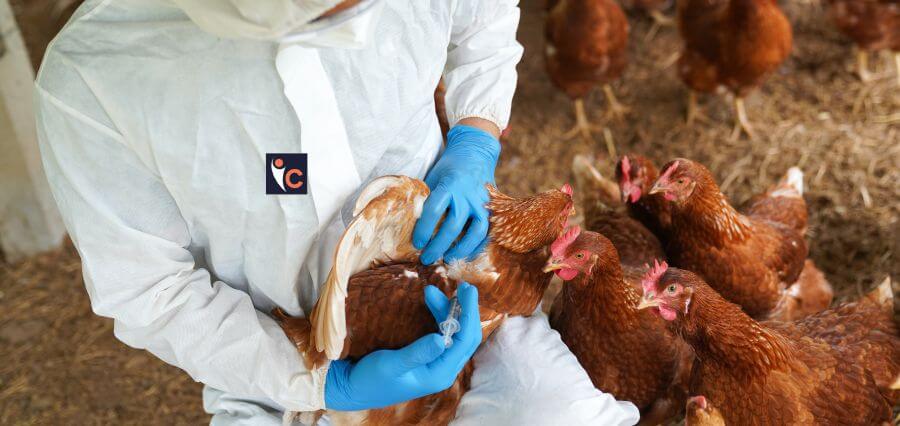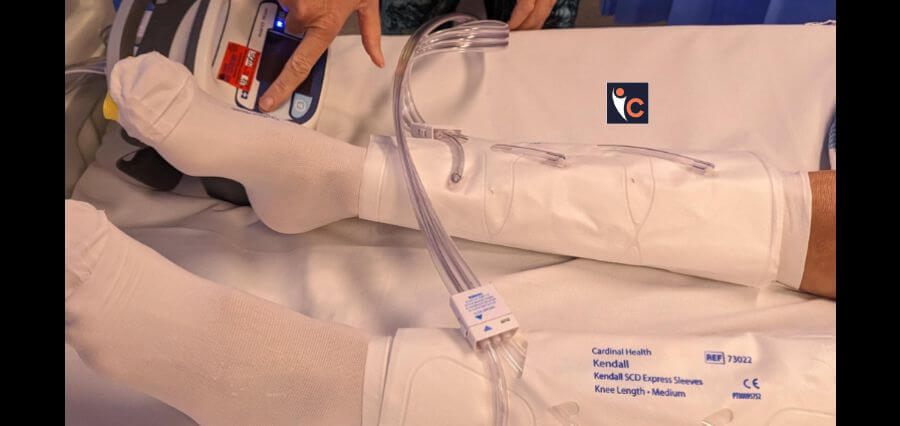The biological process of liquid-liquid phase separation (LLPS), commonly referred to as “biomolecular condensates,” results in membraneless organelles (MLOs). MLOs are extremely dynamic entities that include nucleic acids and proteins. Although the function of proteins in LLPS has been extensively studied, there is a growing interest in the scientific community to comprehend the function of RNAs—the nucleic acids in charge of numerous biological processes like the coding, decoding, regulation, and expression of genes—in phase separation. RNAs ultimately regulate the expression of genes and produce proteins.
Recent research has shown that MLOs are rich in RNAs that are difficult to extract using conventional techniques but can be successfully retrieved using more advanced techniques like heating and needle shearing, a quality known as semi-extractability. In the diagnosis and treatment of diseases, these semi-extractable RNAs can serve as significant biomarkers and therapeutic targets. But only a small number of studies have been able to locate and describe these RNAs.
A novel bioinformatic pipeline has been created by Dr. Chao Zeng, an assistant professor at Waseda University, in conjunction with Drs. Michiaki Hamada, Takeshi Chujo, and Tetsuro Hirose from Kumamoto University and Osaka University to fill this gap by defining semi-extractable RNAs in a variety of human cell lines. On July 19, 2023, their findings were released in the journal Nucleic Acids Research.
A10, A549, HEK293, HeLa, and HAP1 cells were among the five human cell lines on which the scientists did cellular RNA extraction and sequencing. They used a variety of computer techniques to continue studying the RNA sequencing data. Between samples extracted using the standard RNA extraction approach and the enhanced extraction method, a differential expression analysis was carried out. In all five cell lines, the researchers discovered RNA transcripts that were consistently semi-extractable. To investigate potential parameters influencing semi-extractability, repeat density and sequence motif analysis were also performed.
| Read More news: Click here |















